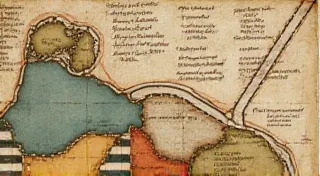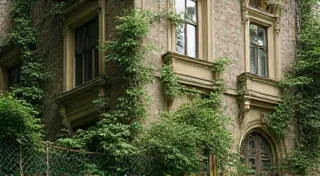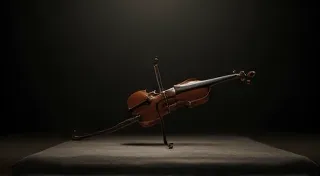Needle’s Resonance: Sound and Sentiment in Vintage Crafting
There's a silence to modern life that can be profoundly unsettling. A quietness that isn’t peaceful, but sterile. We surround ourselves with engineered sound, pre-packaged experiences, and a constant hum of digital connection. It's easy to forget the simple, grounding pleasure of a tangible craft, the whisper of tradition passed down through generations. And when that craft involves knitting needles – particularly antique ones – a whole world of sensation and history opens up.
More than just tools, antique knitting needles are vessels. They hold the echoes of hands long gone, the imprint of lives lived, and the quiet persistence of a skill that has sustained countless individuals throughout history. Holding one in your hand isn’t just grasping a piece of metal or bone; it's connecting to that lineage, feeling the weight of purpose and the satisfying thrum of creation.
The Whisper of Wood and Steel
The sound is the first thing you notice. Unlike the plastic click of contemporary needles, vintage needles possess a voice. A wooden needle will hum against itself, a subtle vibration that resonates in your palm. Bone needles, often carved from animal bone, emit a slightly higher, more delicate tone. Metal needles, particularly those made from horn or early steel, produce a satisfying *ting* as they slide against each other. This isn't just noise; it’s the music of creation, a subtle soundtrack to the rhythm of knitting.
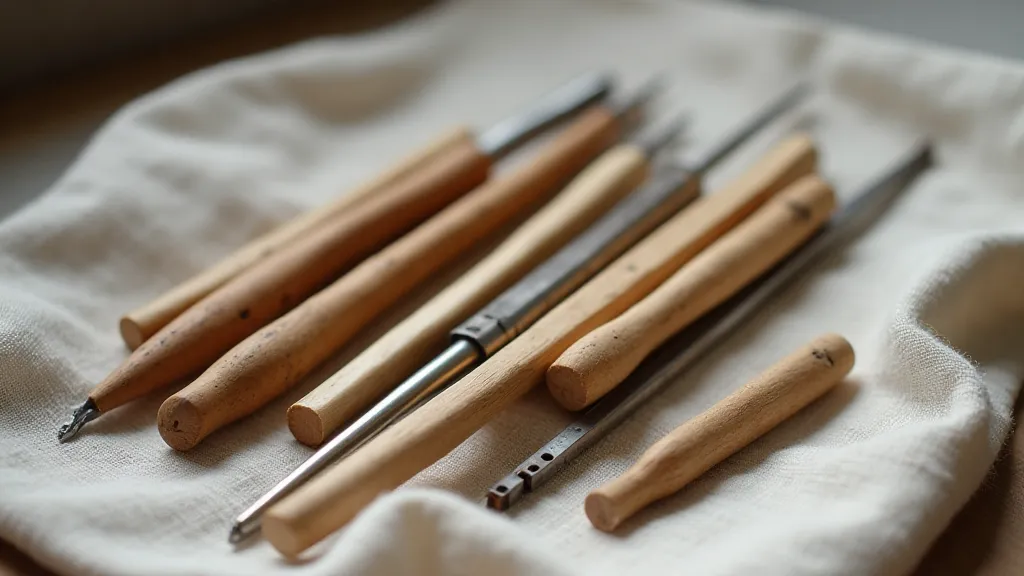
The tactile experience is equally profound. The coolness of metal against your skin, the smooth, comforting feel of polished wood, the subtle texture of bone – these sensations ground you in the present moment. You become acutely aware of the slight variations in weight and balance, the subtle differences in how each needle responds to your touch. This isn’t just about making something; it’s about *feeling* the process, engaging all your senses in the act of creation. The materials used also contribute significantly to the overall aesthetic appeal, and the artistry involved in crafting these early tools might be considered through the lens of Bone to Beauty: The Aesthetics of Antique Knitting Tools.
A Legacy in Bone and Horn
The history of knitting needles is intertwined with the history of textiles and human ingenuity. Before the industrial revolution, knitting was a vital skill, often the primary source of income for women and families. Needles were made from whatever materials were readily available: wood, bone, horn, and metal scavenged from old tools or repurposed from other household items.
Imagine a young woman, perhaps in a rural village centuries ago, patiently crafting a pair of stockings from wool. Her needles, painstakingly carved from the horn of a cow or the bone of a sheep, would have been precious possessions, passed down through generations. These weren’t disposable tools; they were investments, symbols of skill and resilience. The significance of these objects extended beyond simple utility, and understanding how From Cradle to Craft: The Role of Knitting Needles in Family Heritage showcases the important role knitting needles held within family history. Learning about the history of these tools, and their cultural context, can unlock a deeper appreciation for their value.
The materials themselves tell stories. Bone needles, frequently made from sheep or cattle bones, whisper of rural life and a close connection to the natural world. Horn needles, often dark and richly patterned, suggest a more refined aesthetic, perhaps belonging to a craftswoman in a slightly more affluent setting. Wooden needles, particularly those made from hardwoods like cherry or maple, speak of a deliberate choice, a desire for durability and a satisfying feel in the hand. Early metal needles, frequently made of iron or steel, can sometimes bear the faint traces of their previous lives – markings from a blacksmith’s forge or the subtle wear of repeated use. The techniques used in early needle fabrication were often complex and required significant skill - and some suggest that a more thorough examination of the process could be appreciated in The Alchemist’s Touch: Refining Techniques in Early Needle Fabrication.
The Imperfections That Tell a Story
Unlike the mass-produced uniformity of modern crafting tools, antique knitting needles are rarely perfect. They bear the marks of their creators’ hands: slight imperfections in the carving, subtle variations in size and shape, the occasional chip or scratch. These aren’t flaws; they’s character. They’s evidence of a human touch, a tangible link to the past.
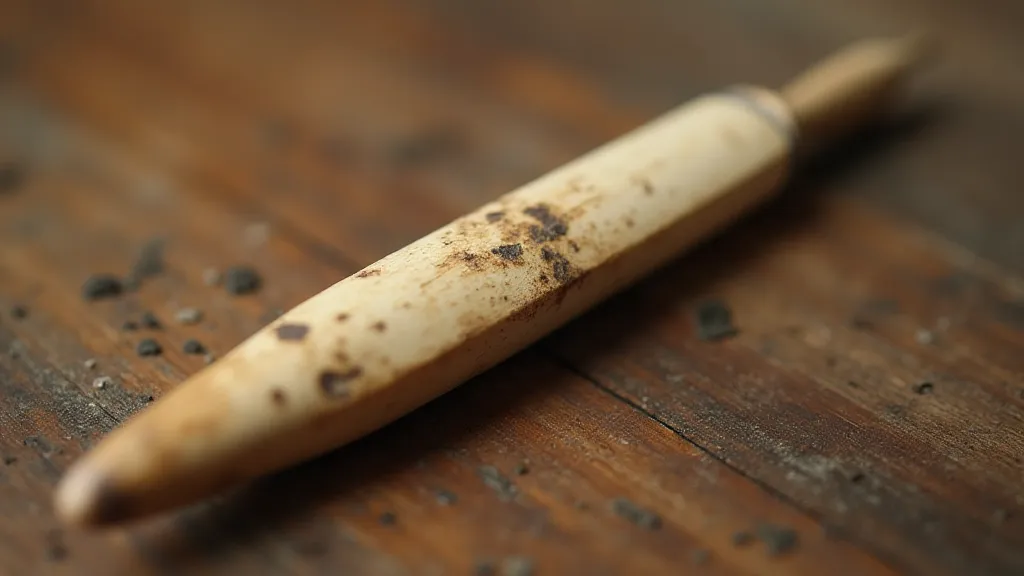
A chipped tip might indicate a hurried repair, a testament to a crafter’s resourcefulness. A slightly uneven shaft might reveal the hand of a novice carver, learning their craft. These imperfections don’t detract from the needle’s beauty; they enhance it, adding layers of meaning and emotional resonance. The skill involved in identifying regional styles in antique knitting needle craftsmanship is an art form in itself.
Collecting and Care: Preserving a Legacy
Collecting antique knitting needles is more than just accumulating objects; it’s preserving a piece of history. It’s about honoring the craftswomen who came before us, appreciating their skill, and ensuring that their legacy lives on. However, responsible collecting is essential. Avoid overly aggressive cleaning. The patina - the subtle discoloration and surface changes that develop over time - contributes significantly to an antique’s character and value. Gentle cleaning with a soft cloth is generally sufficient. Avoid harsh chemicals or abrasive materials.
Restoring antique needles is a delicate process. If a needle is broken, it's often better to leave it as it is, embracing its imperfections as part of its story. If a repair is necessary, it should be undertaken with the utmost care, using materials and techniques that are sympathetic to the original craft. It's important to remember that even subtle variations in material or construction can betray the regional origin of a needle.
The Quiet Joy of Connection
In a world obsessed with speed and efficiency, there's a profound pleasure to be found in slowing down, engaging our senses, and connecting with the tangible world. Holding an antique knitting needle, feeling its weight in your hand, hearing its whisper as you knit – it's a reminder of the simple joys of creation, the enduring power of tradition, and the profound connection we share with those who came before us.
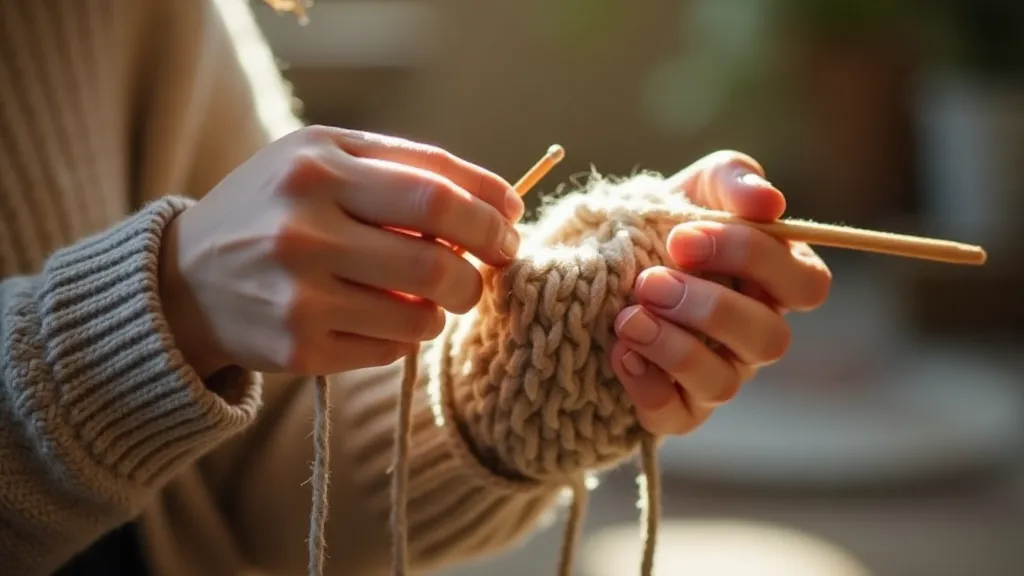
The act of knitting with these tools is more than just a craft; it's a chance to connect with history and appreciate the artistry of the past. Knitting with antique needles allows us to understand the importance of these tools beyond their practical use and how they shaped communities and families.

